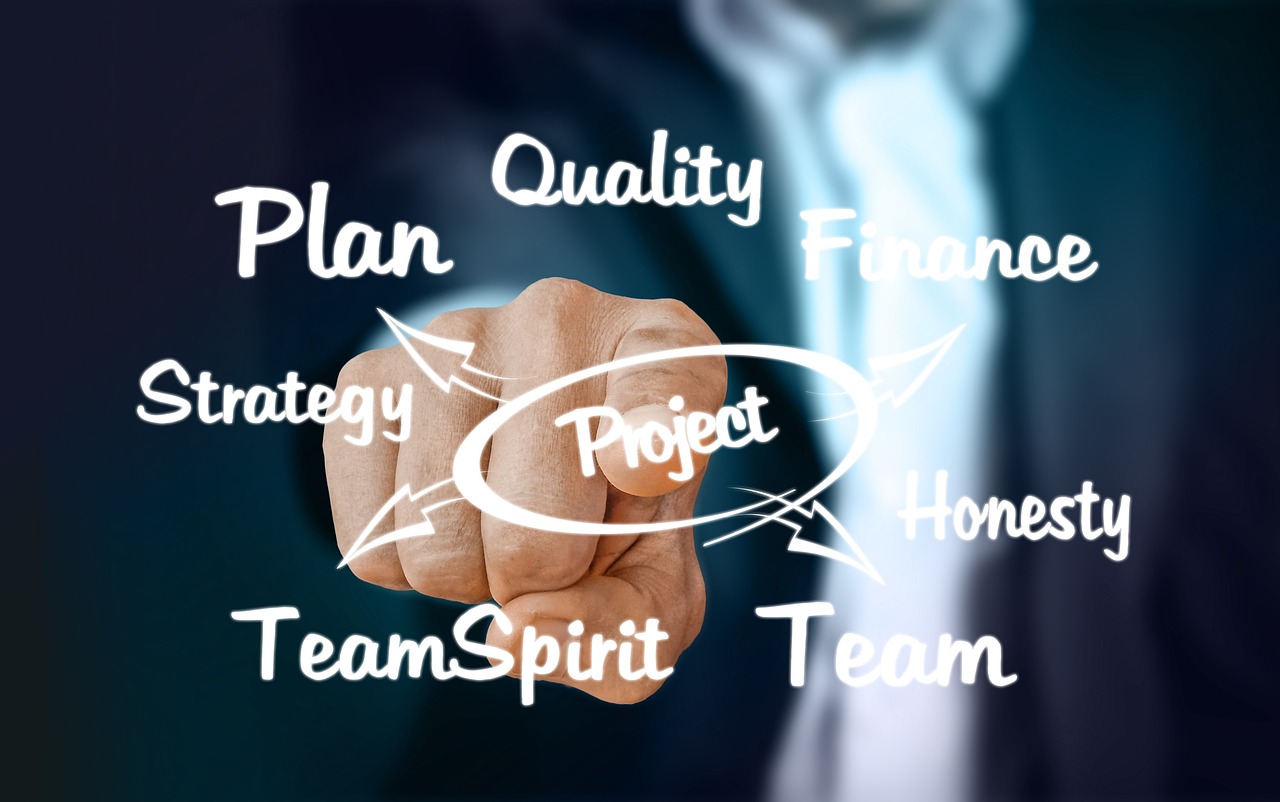Change is the only constant in today’s rapidly evolving business landscape. Whether adopting new technologies, restructuring operations, or implementing innovative strategies, organizations constantly find themselves in the midst of change. So, what is change management process, and how does it fit into this scenario? This is where the concept of change management comes into play. Change management is the structured approach organizations use to navigate these periods of transformation effectively.
What is Change Management Process?
Change management is a systematic approach organizations use to plan, implement, and monitor changes in a structured manner. What is the change management process? It’s a process encompassing various strategies and methodologies to ensure smooth transitions within an organization. This process is designed to minimize disruption, reduce resistance, and maximize the chances of successful outcomes.
What are the Key Components of Change Management?
A successful change management process involves several interconnected components to ensure a smooth transition from the old to the new. These components, integral to understanding what is change management process, include:
- Change Identification and Initiation: Clearly defining the need for change and the goals it aims to achieve.
- Change Impact Assessment: Evaluating how the change will affect different aspects of the organization, from people to processes.
- Planning and Designing the Change: Creating a comprehensive plan that outlines the steps, resources, and timeline for the change.
- Communication and Stakeholder Engagement: Develop a communication strategy to keep all stakeholders informed and engaged throughout the process.
- Implementation and Execution: Carrying out the change according to the plan while addressing challenges and concerns as they arise.
- Monitoring, Evaluation, and Feedback: Continuously assess the change’s progress and collect feedback for further improvement.
- Continuous Improvement: Adapting the change based on feedback and insights to ensure long-term success.
What is the Importance of Change Management?
Structured change management is not just a luxury; it’s a necessity for any organization aiming to thrive in a dynamic environment. The benefits of a well-executed change management process, closely related to what is change management process, are numerous:
- Minimizing Resistance to Change: People naturally resist change, but a structured process helps address concerns and build buy-in.
- Maximizing Employee Buy-In: Involving employees in the change process increases their ownership and commitment to its success.
- Reducing Disruption and Downtime: Careful planning minimizes disruptions to operations, reducing downtime and preserving productivity.
- Improving Project Success Rates: Projects with robust change management are more likely to achieve their objectives and deliver value.
What are the Steps Included in a Typical Change Management Process?
- Identifying the Need for Change: Recognizing when change is necessary and defining its scope.
- Assessing the Impact of the Change: Analyzing the potential effects of the change on various aspects of the organization.
- Planning the Change: Creating a detailed plan that includes resources, responsibilities, and timelines.
- Communicating the Change to Stakeholders: Developing a clear and consistent communication strategy.
- Implementing the Change: Executing the plan while addressing challenges and engaging employees.
- Monitoring and Evaluating the Change: Continuously assessing progress and gathering feedback.
- Making Adjustments and Continuous Improvement: Adapting the change based on evaluation results and feedback.
What are the Challenges in Change Management Process?
Despite its benefits, change management isn’t without its challenges:
- Employee Resistance: Change often triggers resistance due to fear of the unknown or perceived negative impacts.
- Lack of Clear Communication: Communication can lead to understanding and clarity.
- Inadequate Planning: Incomplete or rushed planning can lead to project failure.
- Change Fatigue: Frequent changes can exhaust employees, reducing their enthusiasm for subsequent changes.
What are the Best Practices for Successful Change Management Process?
To navigate these challenges, organizations should adopt the following best practices:
- Strong Leadership and Support: Leaders should champion the change and provide the necessary resources and guidance.
- Clear Communication Strategy: Communicate the rationale, benefits, and change process to all stakeholders.
- Engaging Stakeholders: Involve employees and other relevant parties throughout the process.
- Training and Development: Equip employees with the skills and knowledge they need to succeed in the new environment.
- Flexibility and Adaptability: Remain open to adjustments based on feedback and changing circumstances.
The Role of Digital Adoption Platforms in the Change Management Process
Technology plays a crucial role in change management in today’s digital age. Digital Adoption Platforms (DAPs) provide tools that guide users through new technologies and processes, reducing the learning curve and increasing adoption rates. These platforms enhance the overall change management experience by ensuring employees are comfortable and proficient with the implemented changes.
The Takeaway!
By embracing a structured change management process, organizations can turn what could be a disruptive ordeal into an opportunity for growth. Understanding the components of change management, recognizing its importance, and implementing best practices will ultimately lead to more successful outcomes and a workforce ready to adapt and thrive in the face of change.
Amidst this challenge, Whatfix emerges as a silent enabler, empowering organizations to navigate transitions with finesse. By seamlessly integrating interactive guides, real-time assistance, and comprehensive analytics, Whatfix becomes the compass for driving user adoption and process transformation. Experience the difference firsthand – explore Whatfix now and witness your change management endeavors reaching new heights.






